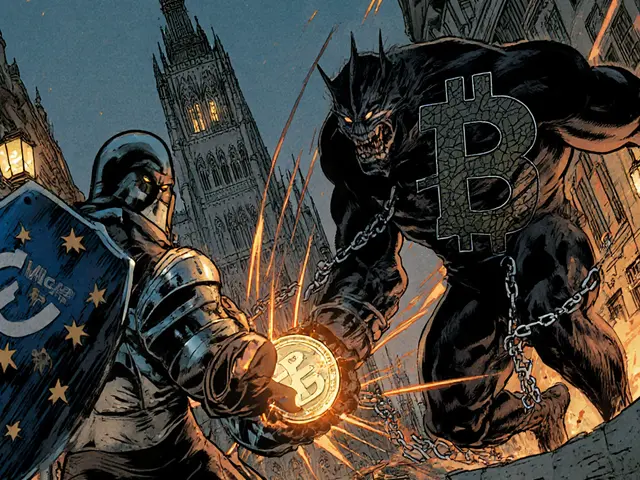Crypto Tokenomics: Understanding Token Economics and Value Drivers
When working with Crypto Tokenomics, the study of how a cryptocurrency’s supply, distribution, and incentive structures determine its market behavior and long‑term value. Also known as token economics, it helps investors and developers decide why a token moves the way it does.
One of the most visible ways tokenomics shows up is through an airdrop, a mass distribution of tokens to a community, often used to bootstrap network effects or reward early adopters. An airdrop can dramatically alter a token’s circulating supply, affect price discovery, and create early liquidity. Understanding the airdrop mechanics—vesting schedules, eligibility criteria, and tax implications—is essential for anyone analyzing a token’s economic model.
Key Elements of Tokenomics
Beyond airdrops, the underlying blockchain architecture plays a huge role. A modular blockchain, a design that separates data availability from transaction execution, allowing developers to customize scalability and security layers, reshapes token supply dynamics. Because data availability can be priced separately, token holders often face distinct fee structures, which in turn influence the token’s utility and inflation rate. This separation also enables rollup projects to launch with their own native tokens while leveraging shared security, creating new tokenomic patterns.
In the derivatives world, funding rates, periodic payments exchanged between long and short positions in perpetual futures contracts, act as a feedback loop for token pricing. When funding rates are positive, longs pay shorts, signaling bullish sentiment and potentially driving the spot price up. Conversely, negative rates can depress the token’s perceived value. Analysts who ignore funding rates miss a crucial driver of short‑term token price movements, especially for high‑volume assets.
Other tokenomic factors—such as tokenomics models that blend deflationary burns, staking rewards, and governance rights—interact with the concepts above. A well‑designed token economy balances scarcity (through burns or capped supplies) with incentive (via staking or liquidity mining). When combined with modular blockchains, airdrop strategies, and funding rate dynamics, the resulting ecosystem can sustain growth while protecting against inflationary pressure.
Below you’ll find a curated collection of articles that break down these ideas in detail, from practical guides on airdrop eligibility to deep dives on modular blockchain projects and funding rate strategies. Use them to sharpen your token analysis skills and stay ahead of market shifts.






